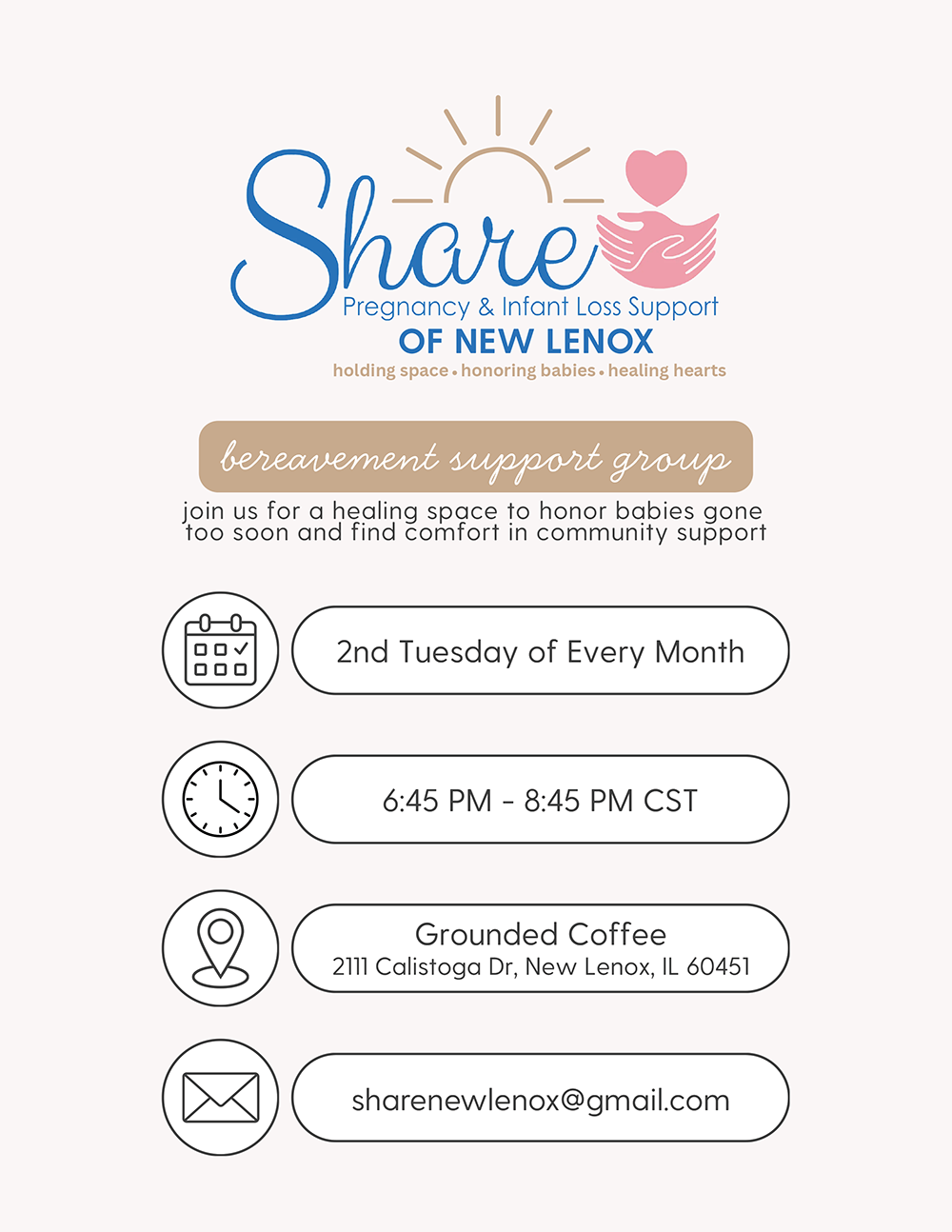
Getting help for a high-risk pregnancy can save your life and the life of your developing fetus. Regular and early prenatal checkups can help many women go through pregnancy. The National Institute of Child Health and Human Development stresses the importance of specialized healthcare for pregnant woman. Here are the essential details that can help you understand what constitutes a high-risk pregnancy.
The Basics of High-Risk Pregnancy
A “high-risk” pregnancy threatens the health or life of the mother or the developing fetus. Highly trained healthcare professionals provide specialized care to patients with such conditions. Some women have a high risk of developing complications even before pregnancy. Other pregnancies become high-risk later on.
The Risk Factors
The risk factors for any pregnancy vary depending on the age, health, and habits of both parents. Environmental and genetic factors also affect the chances of carrying a fetus to term. Here are some things that may contribute to a pregnancy being considered high-risk:
· Twins, triplets, etc.: Multiple pregnancies happen if there is more than one fetus developing in the womb. Studies show that about 93% of all triplets and at least half of twins are born earlier than 37 weeks.
· Pre-existing diabetes in either parent.
· A history of HIV or other STIs.
· Obesity can increase a woman’s risk for Caesarian delivery or other complications.
· Drug use.
· Alcohol consumption.
· Prescription medications.
· Pre-existing health conditions.
Causes and Symptoms
Research shows that about 50,000 women in the United States develop severe pregnancy complications every year. Pre-existing health conditions can cause high-risk pregnancies. Your age and pregnancy-related health conditions can also make your pregnancy difficult. Lifestyle decisions and habits can also contribute to complications during pregnancy. Below are the symptoms of a high-risk pregnancy that you must watch out for:
· Vaginal discharge or bleeding.
· Abdominal pain.
· Difficulty breathing.
· Chest pain.
· Thoughts of harming the fetus and/or oneself.
· Fainting and/or dizziness.
· Pain, swelling, or redness of the limbs or face.
· Severe exhaustion.
· Extreme headaches that worsen.
· The fetus’ movement slows down or stops.
· Heart palpitations.
· Worsening vomiting or nausea.
· Fever above 100.4°F.
Diagnosing and Keeping an Eye on a High-Risk Pregnancy
Every mother needs extensive prenatal care early in their pregnancy. This is the most effective way to detect a high-risk pregnancy. If your doctor determines that you have a high-risk pregnancy, you should be open to observation while you are pregnant and disclose any relevant information.
Your doctor will order some imaging exams and other tests. Doing so will help keep an eye on your developing fetus. Urine and blood testing will check for congenital conditions. Ultrasonography will use sound waves to view the progress of your fetus.
A high-risk pregnancy may be difficult, but you can go through it with the help of your doctor. At Partners in Obstetrics & Women’s Health, we provide high-quality products and services to our pregnant and non-pregnant patients. You can visit our facility in New Lenox, Illinois, for an in-person consultation. Please call us at 815-240-0554 to make an appointment.









